Sustainable agriculture is a style of farming that aims to produce food and other agricultural products in a way that is environmentally friendly, economically viable, and socially responsible. The term “sustainable agriculture” was first used in the 1980s. It has since become a global movement that aims to improve the health of our planet and its people through farming methods that are better for the environment and more humane for animals.
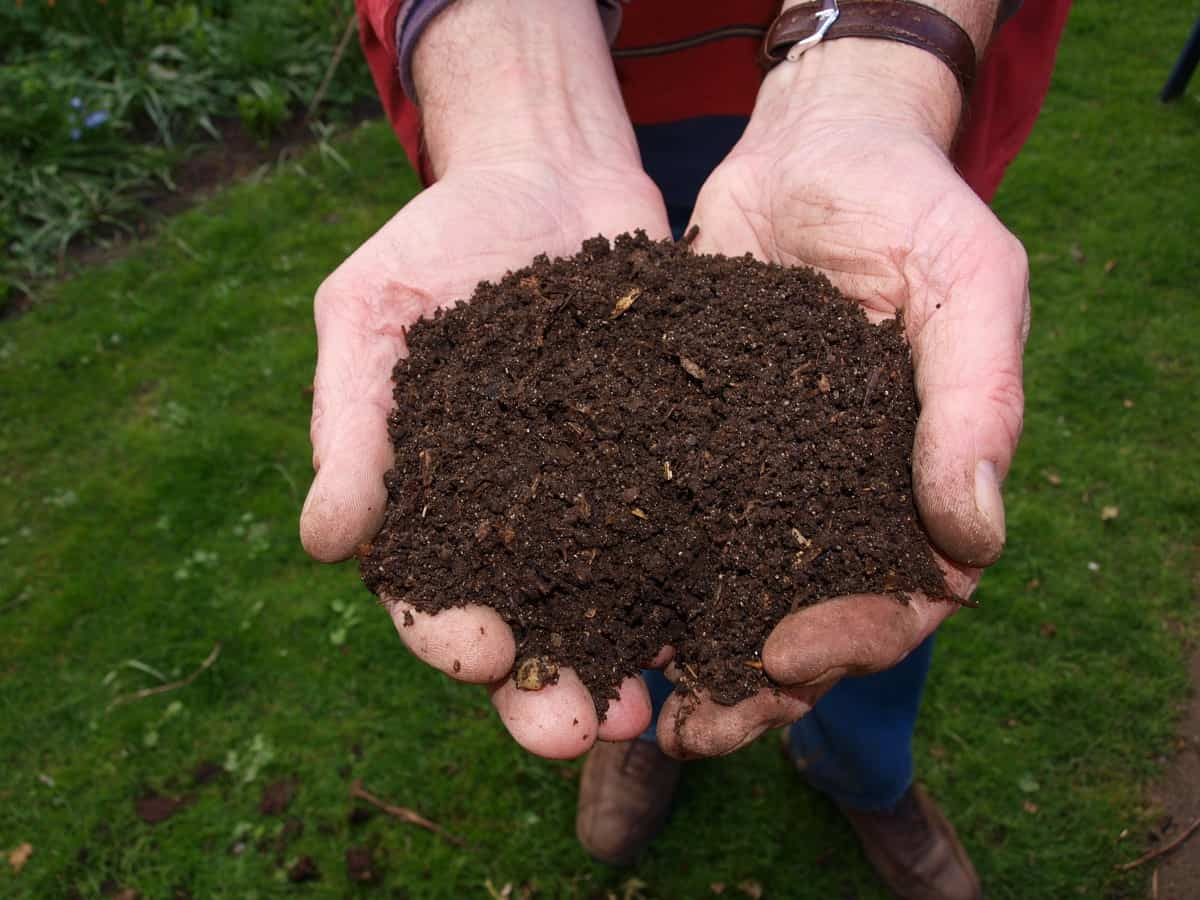
It seeks to minimize adverse environmental impacts, such as soil degradation and water pollution, and to enhance the long-term health and productivity of the land. Sustainable agriculture practices can include various techniques, such as conservation agriculture, integrated pest management, agroforestry, and urban agriculture.
The ultimate goal of sustainable agriculture is to produce high-quality food and other agricultural products in a way that fulfills current demands without compromising future generations’ ability to meet their own. The Top 15 Most Promising Sustainable Agriculture Practices will be discussed in this post.
What are Sustainable Agriculture practices?
Sustainable agriculture practices aim to produce food and other agricultural products in a way that is environmentally, socially, and economically sustainable. These farming methods are environmentally friendly, economically viable, and socially responsible. These practices aim to conserve natural resources, protect the environment, and improve the lives of farmers and their communities. Some fundamental principles of sustainable agriculture include:
- Minimizing synthetic inputs like pesticides and fertilizers and using natural methods to improve soil health and control pests.
- Promoting biodiversity and using techniques like crop rotation and intercropping to support various plants and animals.
- Using water efficiently and protecting water quality.
- Protecting and improving soil health through techniques like conservation tillage, cover cropping, and the use of organic matter.
- Using renewable energy sources and reducing greenhouse gas emissions.
- Promoting fair labor practices and supporting farmers and their communities social and economic well-being.
- Protecting natural habitats and promoting the conservation of wildlife.
- Providing safe and healthy food for people while also protecting the environment.
Seven practices of Sustainable Agriculture
- Diversification: Using a variety of crops and animals on the farm helps reduce the risk of crop failures and improve soil health.
- Crop rotation: Planting different crops in a specific sequence can help to control pests and diseases, improve soil health, and increase crop yields.
- Cover cropping: Planting cover crops, such as legumes or grasses, between main crops can improve soil health and structure, reduce erosion, and fix nitrogen in the soil.
- Integrated pest management: Using a combination of biological, cultural, and chemical methods to control pests and diseases can reduce the reliance on pesticides and improve the overall health of the farm ecosystem.
- Water management: Water-saving irrigation techniques, such as drip irrigation or sprinkler systems, can help conserve water and protect against drought.
- Soil conservation: Using techniques such as mulching, no-till farming, and terracing can help to reduce erosion and improve soil structure.
- Energy conservation: Using renewable energy sources, such as solar or wind power, and adopting energy-efficient practices can reduce the environmental impact of farming.
15 Promising Sustainable Agriculture Practices
Agroforestry
Agroforestry is a type of sustainable agriculture incorporating trees and other woody plants into crops. Agroforestry systems can take numerous forms, including:
- Alley cropping: Planting trees or shrubs in rows with crops or animals in the spaces between them.
- Silvopasture: Integrating trees, forage, and animals in a single management unit.
- Riparian buffer strips: Planting trees and other vegetation along waterways to improve water quality, reduce erosion, and provide habitat for wildlife.
- Windbreaks: Planting rows of trees or shrubs to protect crops and animals from strong winds.
Agroforestry systems can provide a range of benefits, including increased crop yields, reducing erosion, providing habitat, improving soil health, increasing water infiltration and retention, and increasing habitat for wildlife.
In case you missed it: How to Grow Herbs in Aquaponics: Best Fish and Herbs for Creating Your Sustainable Aquaponic Garden
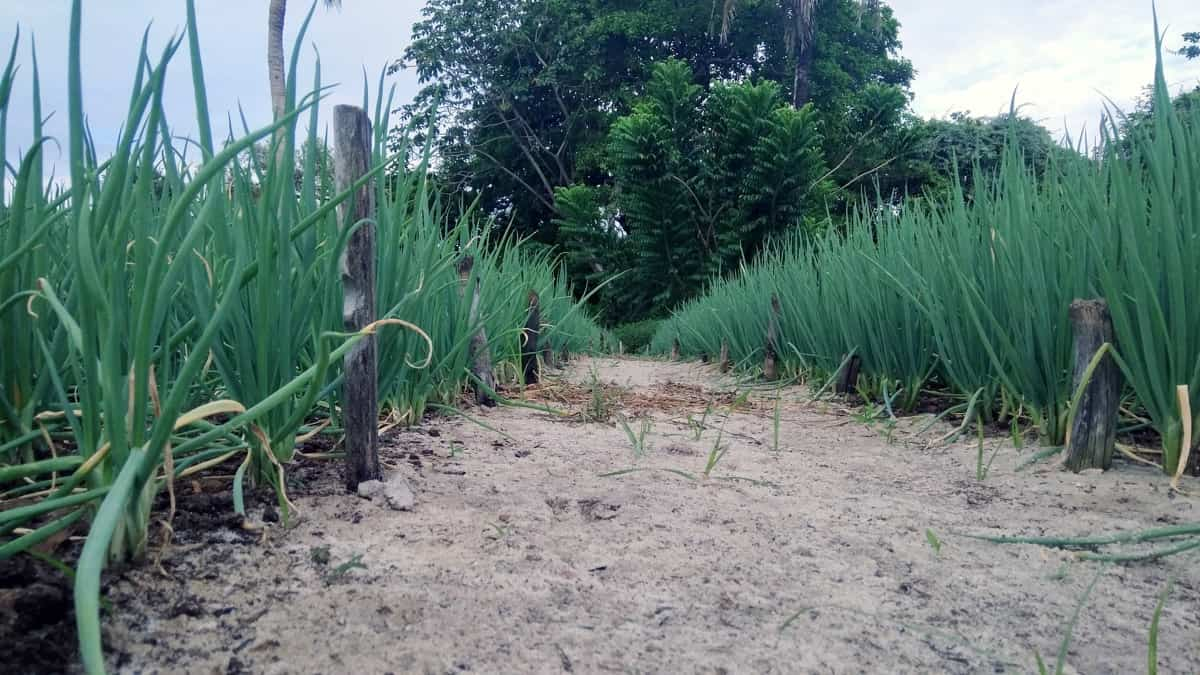
Natural Farming
Natural farming is a sustainable agriculture practice that is based on the principle of working with, rather than against, natural ecosystems. Natural farming systems often involve minimal external inputs, such as synthetic fertilizers and pesticides, and instead rely on natural processes and locally-adapted organisms to support crop growth. Some critical practices in natural farming systems include:
- Cover cropping: Planting cover crops, such as legumes or grasses, between main crops to improve soil health and structure, reduce erosion, and fix nitrogen in the soil.
- Crop rotation: Planting different crops in a specific sequence to control pests and diseases, improve soil health, and increase crop yields.
- Composting: Using organic materials, such as yard waste and food scraps, to create compost, which is used to enrich the soil.
- Biological pest control: Using predatory insects, birds, or other animals to control pests naturally.
- Natural fertilizers: Using natural sources of nutrients, such as compost, green manures, and animal manure, to fertilize crops.
Natural farming systems can help reduce agriculture’s environmental impact, improve soil health, and increase farms’ resilience to pests and diseases.
Sustainable Rice Intensification
Rice intensification includes cultivating rice with as much organic manure as possible, beginning with young seedlings planted singly in a square pattern at wider spacing. It is a sustainable agriculture strategy that boosts rice production productivity and sustainability. RI involves a set of management practices that aim to optimize the use of resources, such as water, nutrients, and labor, improve the health and productivity of rice plants, and increase rice yields while reducing the use of external inputs, such as water, fertilizer, and pesticides. Some key principles of RI include:
- Planting rice in narrow, raised beds rather than in flat fields.
- Using a seedling age of 7-14 days, rather than older seedlings, to increase root growth and nutrient uptake.
- Maintain a moderate soil moisture level, and avoid waterlogging, to improve plant growth and nutrient uptake.
- Using a combination of organic and inorganic fertilizers to provide the nutrients that rice plants need for growth.
- Using cultural practices, such as weed control and pest management, to improve crop health and productivity.
RI has been shown to increase rice yields by 20-30% or more while reducing the water and other inputs needed for rice production. It can enhance food security and the sustainability of agricultural rice systems.
Conservation Farming
Conservation Farming is a farming strategy that promotes minimal soil disturbance (i.e., no-tillage), permanent soil cover, and plant species diversification. It improves biodiversity and natural biological processes above and below ground, leading to efficient water and nutrient usage and improved and sustained crop yield. Three principles of conservation farming: Minimal mechanical soil disturbance, permanent organic soil cover, and species diversity.
- No-till farming: Planting crops without disturbing the soil through tillage can help to preserve soil structure and reduce erosion.
- Reduced tillage: Using minimum or no-tillage farming practices, which involve minimal soil disturbance, to reduce erosion, improve soil health, and increase water infiltration.
- Cover cropping: Planting cover crops, such as legumes or grasses, between main crops to improve soil health and structure, reduce erosion, and fix nitrogen in the soil.
Conservation farming practices can help improve the sustainability and resilience of farming systems while protecting and enhancing natural resources.
Crop Rotation
Crop rotation is a sustainable agriculture practice that involves planting different crops in a specific sequence on the same piece of land. Crop rotation can help to control pests and diseases, improve soil health, and increase crop yields. Some key benefits of crop rotation include the following:
- Pest and disease control: Planting different crops in a particular sequence can assist in interrupting pest and disease life cycles, making it more difficult for them to accumulate to dangerous levels.
- Soil health: Different crops have different nutrient requirements, and planting various crops in a rotation can help balance nutrient levels in the soil. Crop rotation can also help to improve soil structure and reduce erosion.
- Reducing the demand for inputs: By relying on natural processes and locally-adapted organisms to support crop growth, crop rotation can assist in lessening the requirement for industrial fertilizers and pesticides.
- Increased crop yields: By planting different crops in a rotation, farmers can take advantage of the unique characteristics of each crop and potentially increase overall crop yields.
- Weed control: Some crops are better at suppressing weeds than others, and planting these crops in a rotation can help to reduce the need for herbicides.
Crop rotation is an important sustainable agriculture practice that can help to improve the overall health and productivity of farming systems.
Covering Mulching
Mulching is a practice that involves covering the soil around plants with a layer of organic material, such as straw, wood chips, or grass clippings. Mulching can have several benefits, including:
- Reducing weed growth: Mulch can block light from reaching the soil surface, preventing weed seeds from germinating.
- Conserving water: Mulch can help to retain moisture in the soil by reducing evaporation and water runoff.
- Improving soil structure: Mulch can help improve the soil’s structure by adding organic matter and increasing the activity of soil microbes.
- Reducing water usage: Mulch can help retain moisture in the soil, reducing the need for irrigation.
- Mulch can help keep the soil cooler in the summer and warmer in the winter, which improves plant growth.
In case you missed it: How Start-ups are Making Agriculture More Sustainable
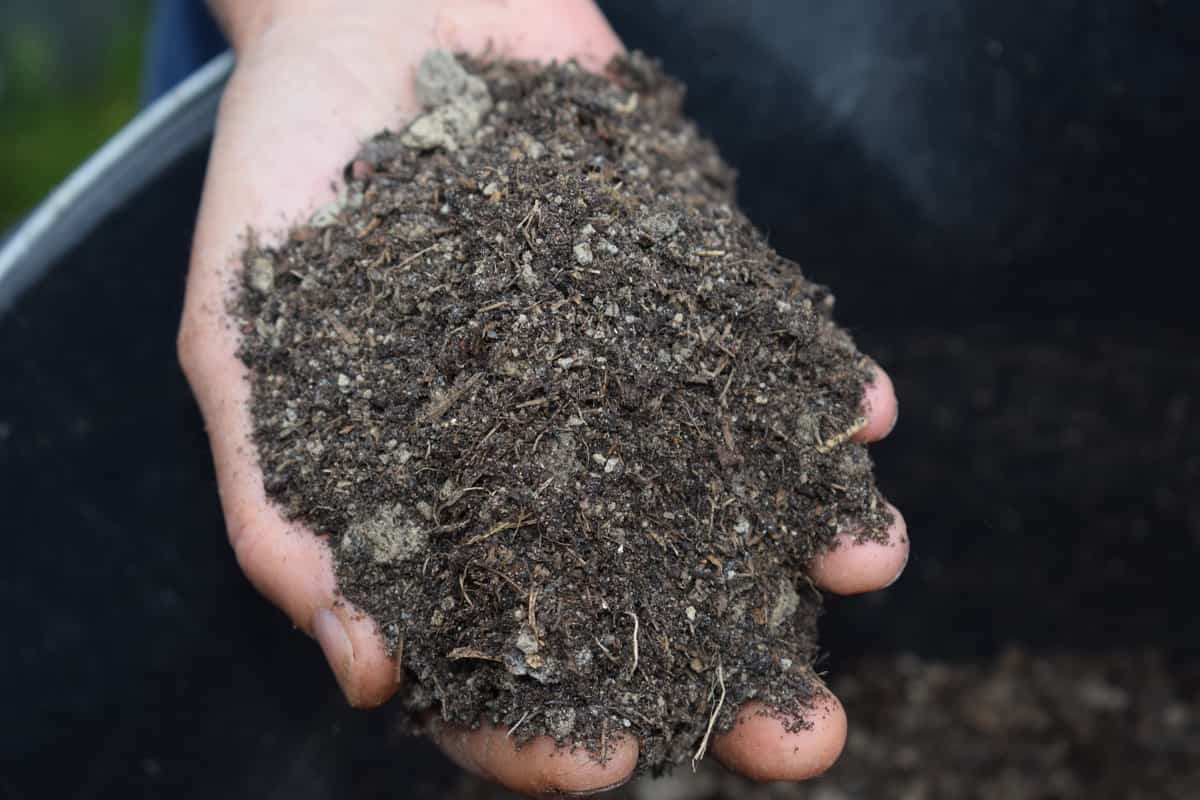
Integrated Farming System
Integrated farming systems are sustainable agriculture practices that combine different farming activities, such as crop production, animal husbandry, and aquaculture, in a single system. Integrated farming systems can take many forms, depending on the specific needs and resources of the farm. Some common components of integrated farming systems include:
- Crop production: Growing a variety of crops, such as vegetables, grains, and fruits, in a way that maximizes the use of available resources and minimizes the need for external inputs.
- Animal husbandry: Raising animals, such as livestock or poultry, in a way that is integrated with crop production and takes into account the needs of both the animals and the land.
- Aquaculture: Raising fish or other aquatic organisms in a way that is integrated with crop and animal production and takes into account the needs of the water resources.
- Energy production: Using renewable energy sources, such as solar or wind power, to meet the farm’s energy needs.
Integrated farming systems can be more sustainable and resilient than single-focus farming systems, as they can better use resources and reduce the risk of crop failures or animal health problems.
Vermicompost
Vermicompost is compost that has been produced with the help of worms. To produce vermicompost, worms are added to a mixture of organic materials, such as yard waste, food scraps, and manure. The worms consume organic matter and produce compost as a byproduct of their digestion.
It is made by adding worms, such as red or red wriggler worms, to a bin filled with organic waste. The worms eat the organic matter, and as they do so, they produce compost, also known as vermicast or worm castings. The compost is harvested to enrich the soil and improve plant growth. Vermicompost has many benefits compared to traditional composting methods:
- It can be produced more quickly, as worms can process organic matter more efficiently than microorganisms alone.
- It is rich in nutrients, as worms consume a wide range of organic materials and convert them into plant-available nutrients.
- It is easy to produce, as worms can be fed a wide range of organic materials and raised in small spaces.
It is a type of compost rich in nutrients and beneficial microorganisms. It is often used as a natural fertilizer in sustainable agriculture systems.
Biodynamic Farming
Biodynamic farming is a holistic, sustainable method that focuses on the health and balance of the farm’s entire ecosystem. It involves using specific preparations and techniques to enhance the vitality and productivity of the soil and plants and the farm animals’ overall health and well-being.
Biodynamic farming is based on the philosophy that the farm is a living organism, with all its components (soil, plants, animals, water, and air) interconnected and working together in harmony. It is an approach that recognizes the influence of cosmic and earthly forces on the farm and seeks to align with them to create a thriving ecosystem. It also emphasizes the importance of maintaining a diverse ecosystem, with a mix of crops and animals, and using natural methods for pest control and disease management.
Contour Farming
Contour farming is a type of farming technique that involves following the natural contours of the land rather than plowing straight rows across the slope of the land. It helps to minimize soil erosion and water runoff, as the crops are planted in rows that follow the contour lines of the land and trap water and soil in place.
In case you missed it: Agriculture Farming in Australia: How to Start, Sustainable Practices, and Statistics
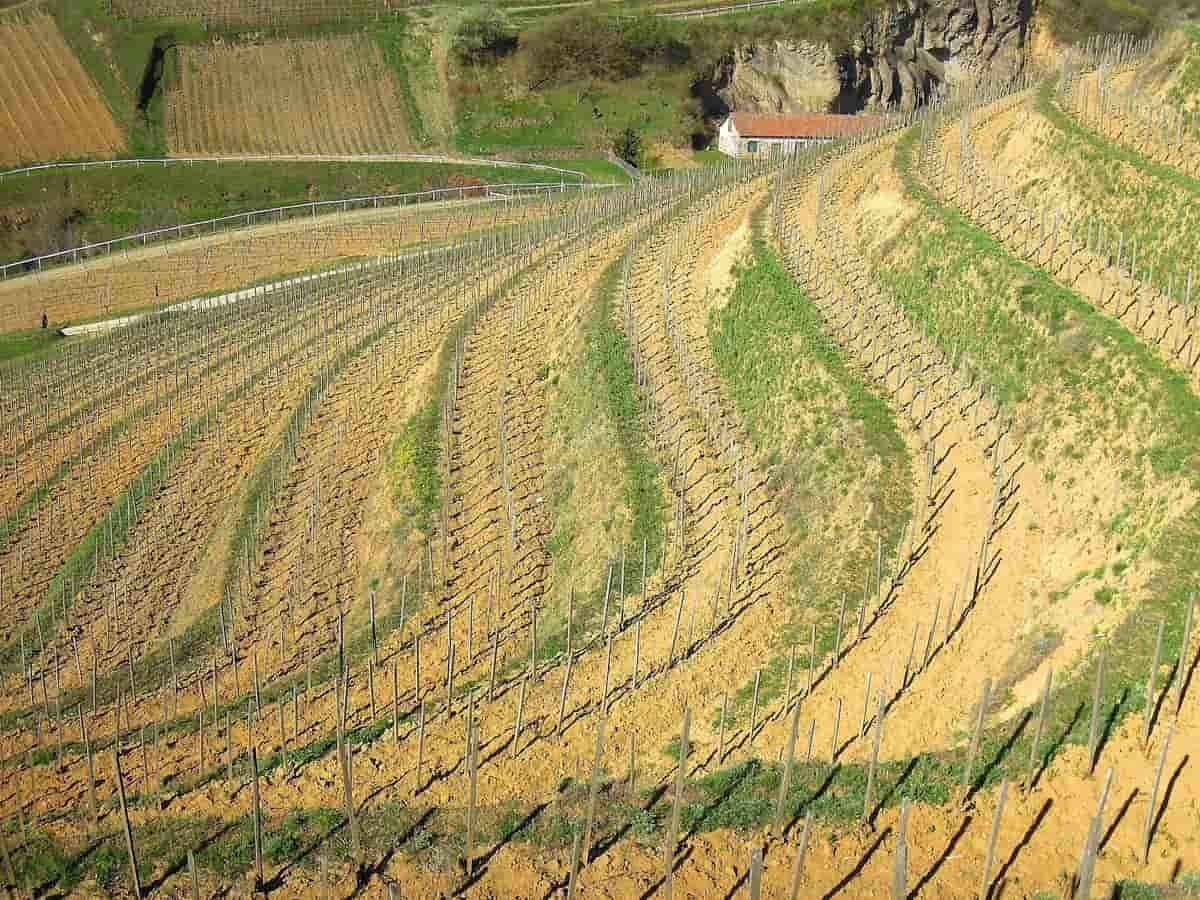
Contour farming can be used in both hilly and flat landscapes. It can effectively preserve soil fertility, improve water retention, and conserve water resources. To practice contour farming, farmers need to use specialized equipment, such as contour plows or laser leveling systems, to ensure that the rows are planted along the contours of the land.
Floating Farming
Floating farming involves growing crops or raising livestock on floating platforms or structures, typically on a water body such as a river, lake, or coastal area. Floating farms can take many forms, ranging from small rafts or barges to larger, more complex structures incorporating greenhouses, fish farms, or hydroponic systems.
These systems can be used to grow various crops, including vegetables, fruits, herbs, and grains, and raise livestock such as fish, poultry, or pigs. Floating farming has many potential benefits, including the ability to produce food in areas with limited land resources, the potential to reduce water and fertilizer usage, and the ability to protect against flooding and other natural disasters.
Precision Agriculture
Precision agriculture is a sustainable technique that gathers and analyzes data about crops, soil, and weather conditions using advanced technologies such as GPS, sensors, and drones. Precision agriculture, also known as “precision farming,” This data is used to optimize farming practices and make them more precise, efficient, and sustainable. Some key practices associated with precision farming include:
- Variable rate application: Using sensors and GPS to apply seeds, fertilizers, and other inputs at specific rates and locations, rather than using a one-size-fits-all approach.
- Precision irrigation: Using sensors and weather data to optimize irrigation schedules and minimize water waste.
- Crop monitoring: Using sensors, drones, and other technologies to gather data about crop health and productivity.
- Soil mapping: Using sensors and other technologies to gather detailed data about soil characteristics, such as nutrient levels and pH.
Precision farming can help reduce agriculture’s environmental impact, increase crop yields, and improve the efficiency and profitability of farming operations.
Organic Agriculture
Organic farming focuses on growing crops and raising livestock using natural means rather than synthetic pesticides, fertilizers, or genetically modified organisms (GMOs). It emphasizes using sustainable farming practices to enhance the soil and ecosystem’s health and vitality. Organic farming practices include using natural fertilizers, such as compost or animal manure, to enrich the soil and crop rotation and cover cropping to improve soil health and reduce the need for synthetic fertilizers.
In case you missed it: Water and Soil Management for Sustainable Aquaculture

It also involves using natural methods, such as pest traps and beneficial insects, to control pests and diseases. Organic farming also places a strong emphasis on animal welfare, with a focus on providing animals with a natural, healthy environment and a diet that is free from artificial additives. Organic farming can provide various environmental and health benefits, including healthier soils, more biodiverse ecosystems, and higher-quality produce. However, it can also be more labor-intensive. It may require more time and resources than conventional farming methods.
Permaculture
Permaculture is a type of sustainable agriculture focusing on designing and building self-sustaining ecosystems that mimic natural patterns and relationships. It combines traditional farming, forestry, and ecology to create a diverse and productive ecosystem that requires minimal maintenance and inputs. Permaculture practices include using natural systems, such as natural fertilizers and composting, to improve soil health and fertility and using companion planting and polycultures to create a diverse range of crops and animals.
Permaculture also emphasizes the importance of waste management and resource conservation, focusing on creating closed-loop systems that minimize waste and maximize resource efficiency. Permaculture is often associated with small-scale, self-sufficient farming. Still, it can also be applied to larger-scale agricultural systems. It is a holistic approach that seeks to create a sustainable, balanced ecosystem supporting human and animal life.
Rainwater Harvesting
Rainwater harvesting is collecting and storing rainwater for later use rather than letting it run into the environment. It can be done through catchment systems, such as gutters and downspouts on a roof, and storage tanks or cisterns to hold the collected rainwater. The collected rainwater can then be used for various purposes, including irrigation, domestic use, and even potable water in some cases.
In case you missed it: Key Rules to Improve Feed Conversion Ratio (FCR) in Fish: For Better Profits in Fish Cultivation
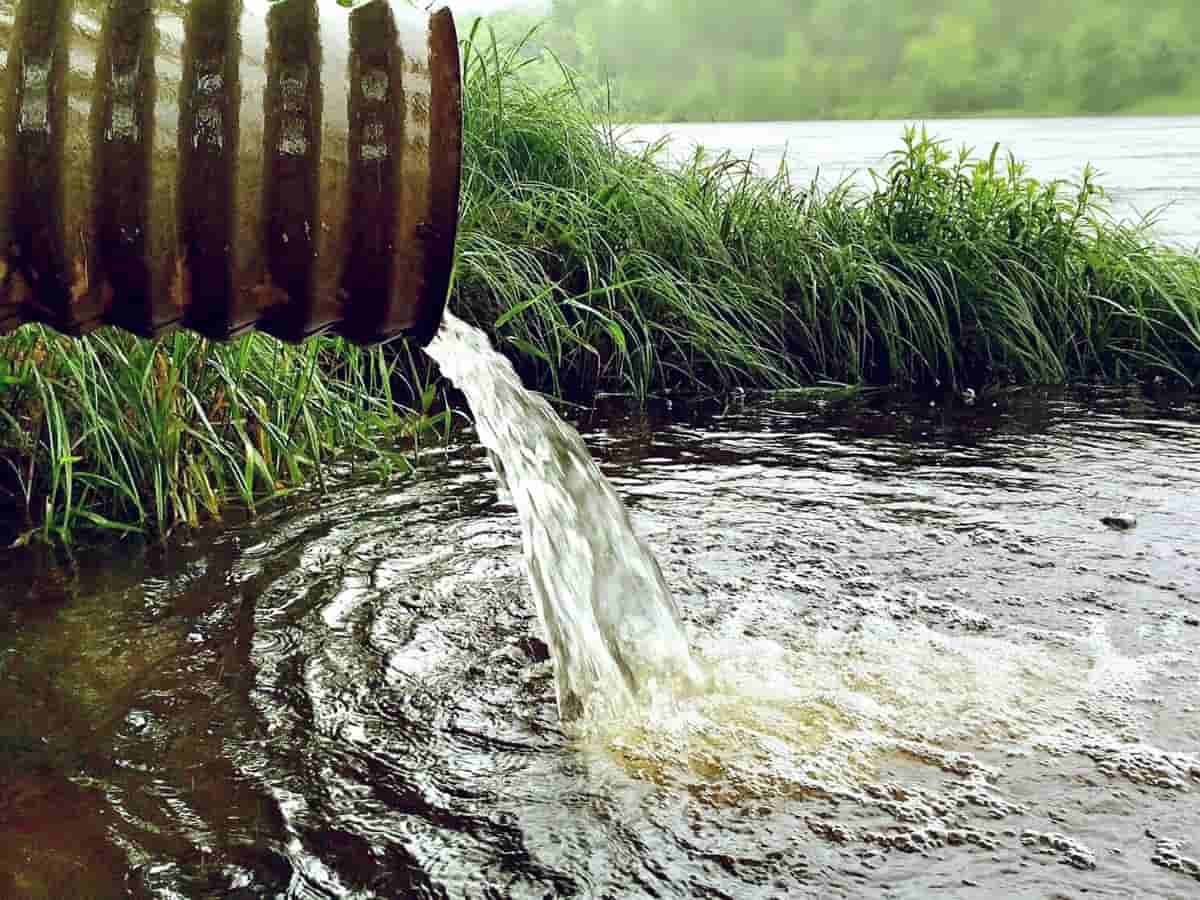
Rainwater harvesting is a sustainable and cost-effective way to manage water resources. It allows people to capture and reuse a natural resource that is often wasted. It can also help to reduce the demand for municipal water systems, especially in areas with water shortages or drought conditions. Additionally, rainwater harvesting can help reduce erosion and flooding by slowing water flow into streams and rivers. Overall, rainwater harvesting is a simple and effective way to conserve water and promote sustainable water management practices.
Conclusion
There are many different approaches to sustainable farming, including organic, biodynamic, contour, and permaculture, each with unique philosophies and practices. Nevertheless, sustainable farming practices can benefit the environment and people who depend on the farm for their livelihoods.
By focusing on soil health, water conservation, and biodiversity, sustainable farming methods can help to protect natural resources and preserve the health and vitality of the land for future generations. At the same time, by using natural, sustainable methods, farmers can produce healthier and more flavorful food while reducing their reliance on synthetic pesticides and fertilizers.
- How to Build a Low-budget Goat Shed: Cheap Ideas and Tips
- Goat Farming Training Programs in India: A Beginner’s Guide
- Types of Pesticides Used in Agriculture: A Beginner’s Guide
- Economical Aquaculture: A Guide to Low-Budget Fish Farming
- 15 Common Planting Errors That Can Doom Your Fruit Trees
- How to Make Houseplants Bushy: Effective Tips and Ideas
- Innovative Strategies for Boosting Coconut Pollination and Yield
- Pollination Strategies for Maximum Pumpkin Yield
- The Complete Guide to Chicken Fattening: Strategies for Maximum Growth
- Natural Solutions for Tulip Problems: 100% Effective Remedies for Leaf and Bulb-Related Issues
- Revolutionizing Citrus Preservation: Towards a Healthier, Greener Future
- Natural Solutions for Peony Leaf and Flower Problems: 100% Effective Remedies
- Maximizing Profits with Avocado Contract Farming in India: A Comprehensive Guide
- Natural Solutions for Hydrangea Problems: 100% Effective Remedies for Leaf and Flowers
- The Ultimate Guide to Choosing the Perfect Foliage Friend: Bringing Life Indoors
- From Sunlight to Sustainability: 15 Ways to Use Solar Technology in Agriculture
- The Ultimate Guide to Dong Tao Chicken: Exploring from History to Raising
- The Eco-Friendly Makeover: How to Convert Your Unused Swimming Pool into a Fish Pond
- Mastering the Art of Delaware Chicken Farming: Essentials for Healthy Backyard Flocks
- 20 Best Homemade Fertilizers for Money Plant: DIY Recipes and Application Methods
- How to Craft a Comprehensive Free-Range Chicken Farming Business Plan
- Brighten Your Flock: Raising Easter Egger Chickens for Beauty and Bounty
- How to Optimize Your Poultry Egg Farm Business Plan with These Strategies
- Subsidy for Spirulina Cultivation: How Indian Government Schemes Encouraging Spirulina Farmers
- Ultimate Guide to Raising Dominique Chickens: Breeding, Feeding, Egg-Production, and Care
- Mastering the Art of Raising Jersey Giant Chickens: Care, Feeding, and More
- Ultimate Guide to Raising Legbar Chickens: Breeding, Farming Practices, Diet, Egg-Production
- How to Raise Welsummer Chickens: A Comprehensive Guide for Beginners
- How to Protect Indoor Plants in Winter: A Comprehensive Guide
- Ultimate Guide to Grow Bag Gardening: Tips, Tricks, and Planting Ideas for Urban Gardeners
- Guide to Lotus Cultivation: How to Propagate, Plant, Grow, Care, Cost, and Profit
- Agriculture Drone Subsidy Scheme: Government Kisan Subsidy, License, and How to Apply Online
- Ultimate Guide to Raising Araucana Chickens: Breed Profile, Farming Economics, Diet, and Care
- Bringing Hydroponics to Classroom: Importance, Benefits of Learning for School Students
- Ultimate Guide to Raising Polish Chickens: Breed Profile, Farming Economics, Diet, and Care
- Ultimate Guide to Raising Australorp Chickens: Profile, Farming Economics, Egg Production, Diet, and Care